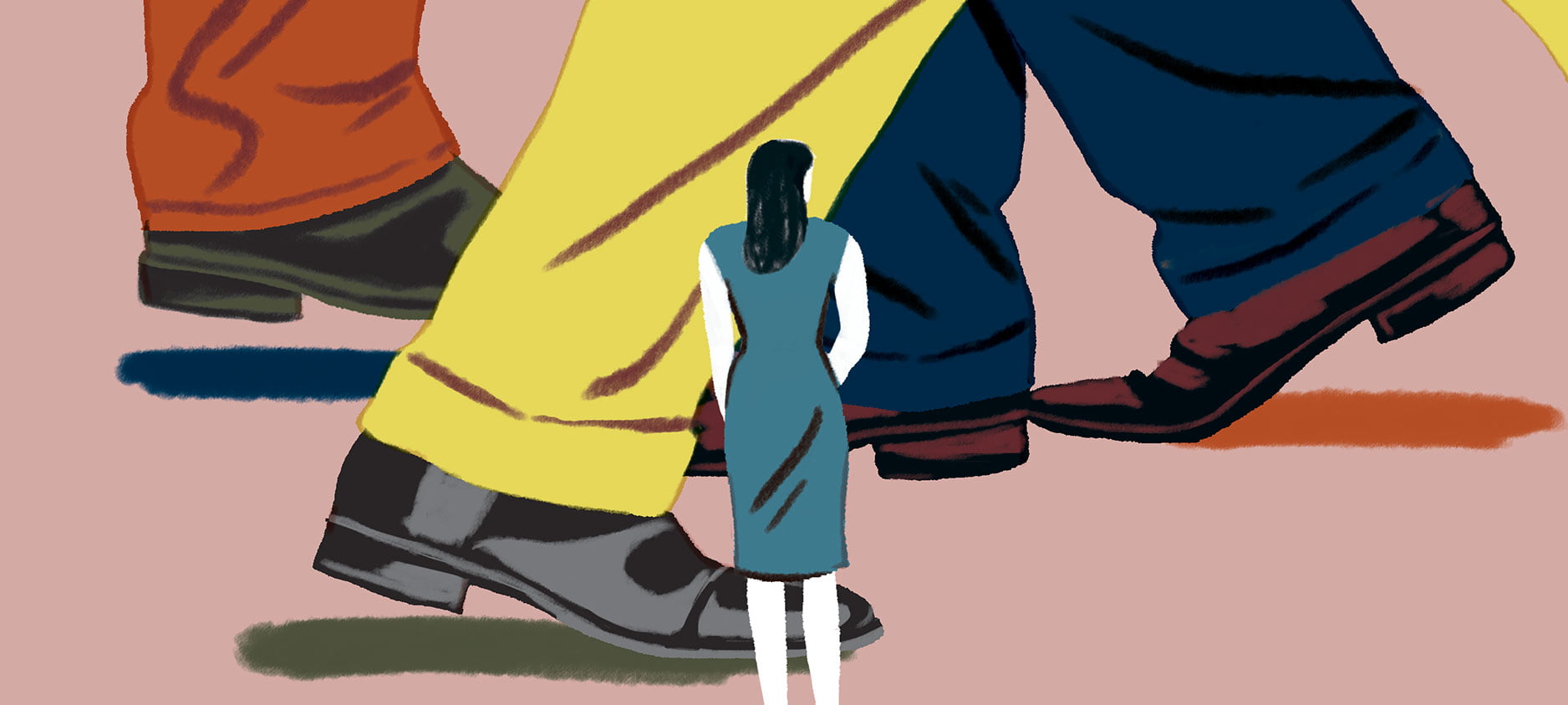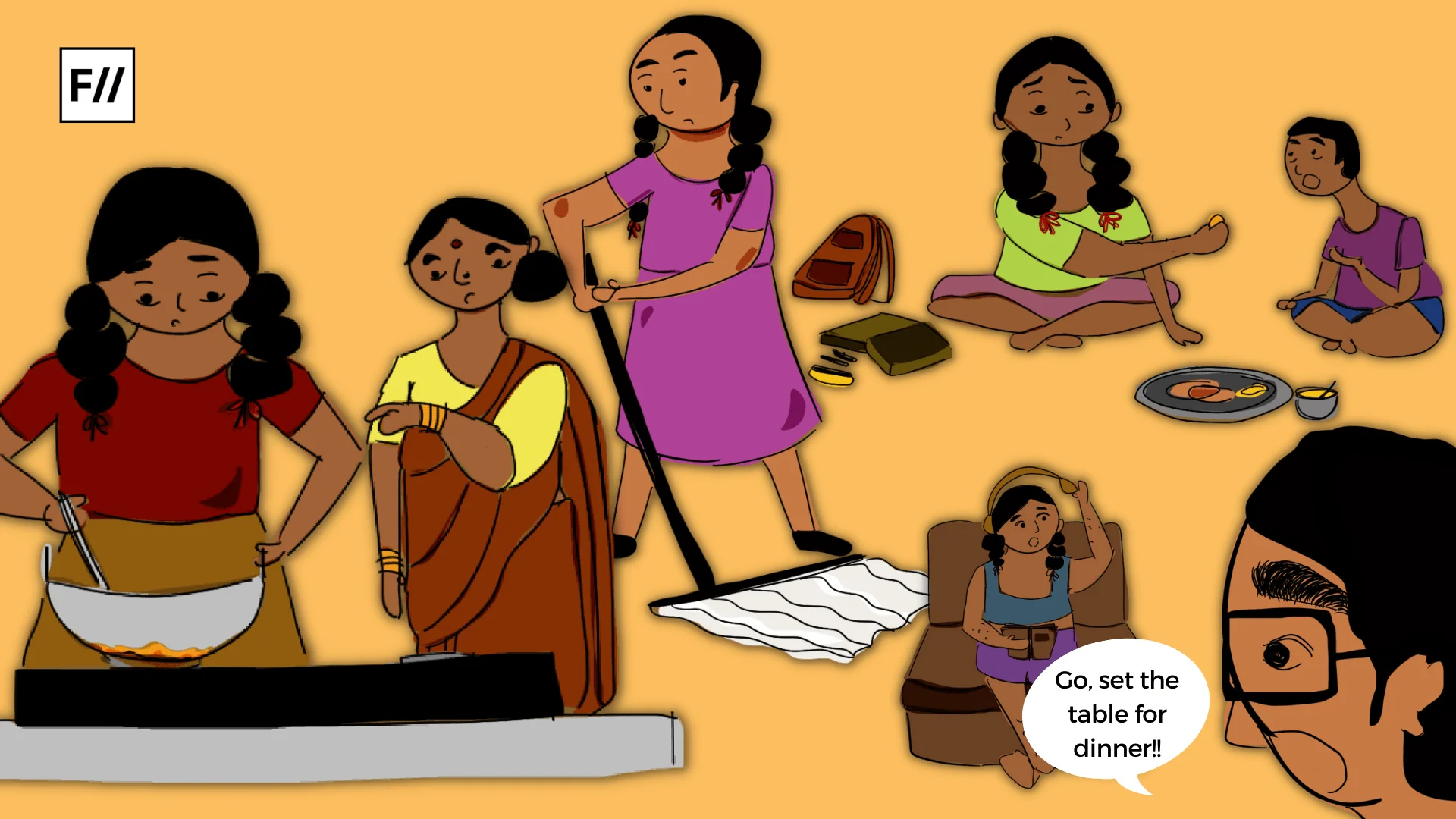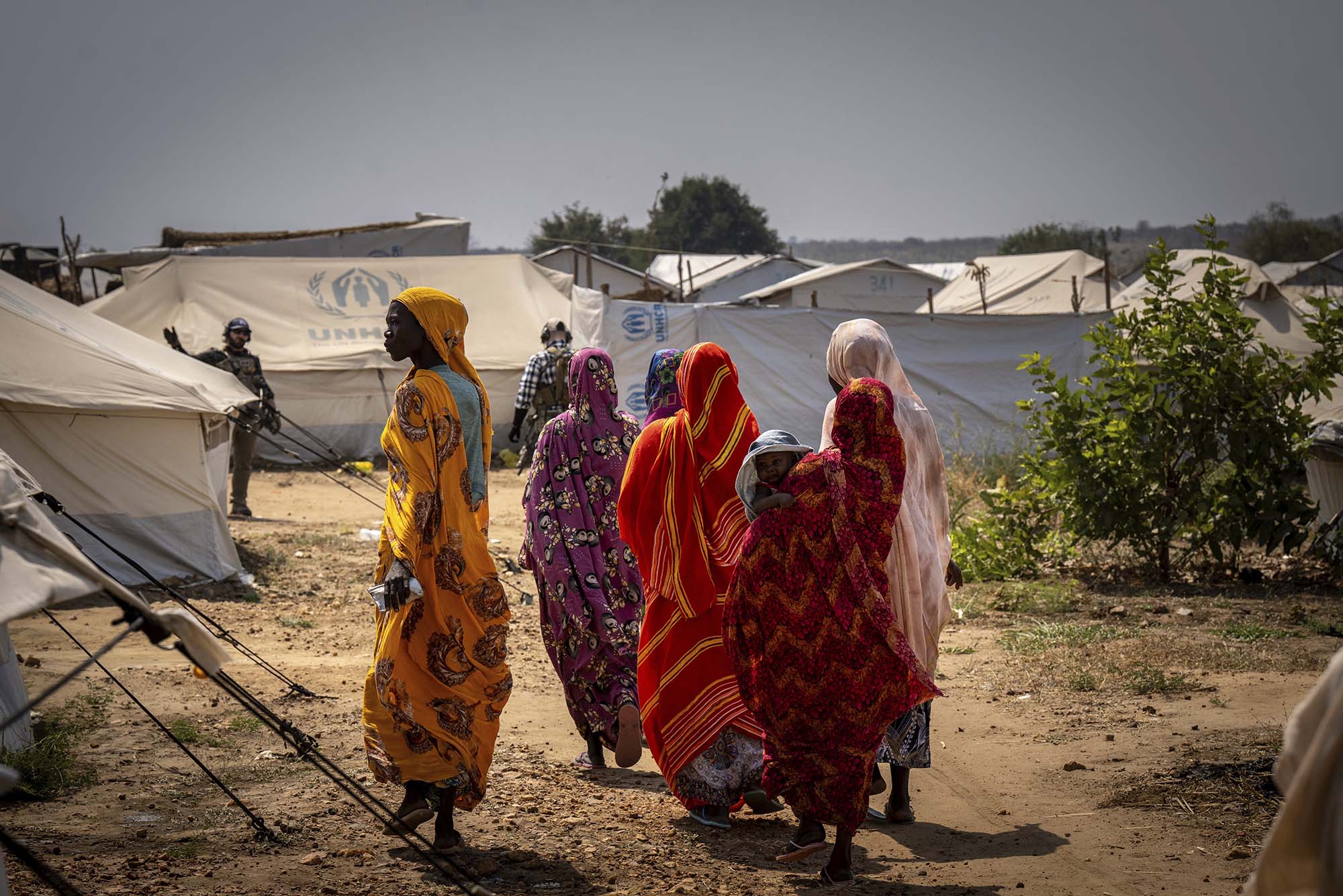The Global Gender Gap Report 2020 is an annual report released by the World Economic Forum. It surveys economies in order to measure gender disparity by collating and analysing data that falls under four indices: economic participation, educational attainment, health and political empowerment.

India ranked 112, four steps below from last year’s position. The report particularly brings to light the alarmingly low level of women’s participation in the economy. It says, “Among the 153 countries studied, India is the only country where the economic gender gap is larger than the political gender gap. Only one-quarter of women, compared with 82% of men, engage actively in the labour market (i.e. working or looking for work)—one of the lowest participation rates in the world (145th). Furthermore, female estimated earned income is a mere one-fifth of male income, which is also among the world’s lowest (144th).”
The report states that it will take us almost 100 years to achieve gender parity worldwide. We are far from where we need to be, but we are on the right track. We must take these ranks as the warning calls that they are and act accordingly.
In the category of health and survival, India ranks at 150. The Global Gender Gap report states that violence, forced marriage and discrimination are the major reasons why healthcare facilities are inaccessible to women. For education, there has been a more positive change as compared to earlier reports. However, as the report points out, “But a large difference persists for literacy rate; only two-thirds of women are literate compared with 82% of men.” In political empowerment—which was seen as the section with the most disparity across the world—India ranks quite high, at 18. Sadly, this doesn’t stand for much, currently female political representation is at a measly 14.4 percent.
Also read: Globalization and Women Workers in India: A Troubled Relationship?
The Global Gender Gap report states that it will take us almost 100 years to achieve gender parity worldwide. We are far from where we need to be, but we are on the right track. We must take these ranks as the warning calls that they are and act accordingly.
Featured Image Source: South China Morning Post
About the author(s)
Anindita is an English Literature student who enjoys reading feminist literature and eating copious amounts of Chinese food, all along unlearning tradition and relearning rebellion.




